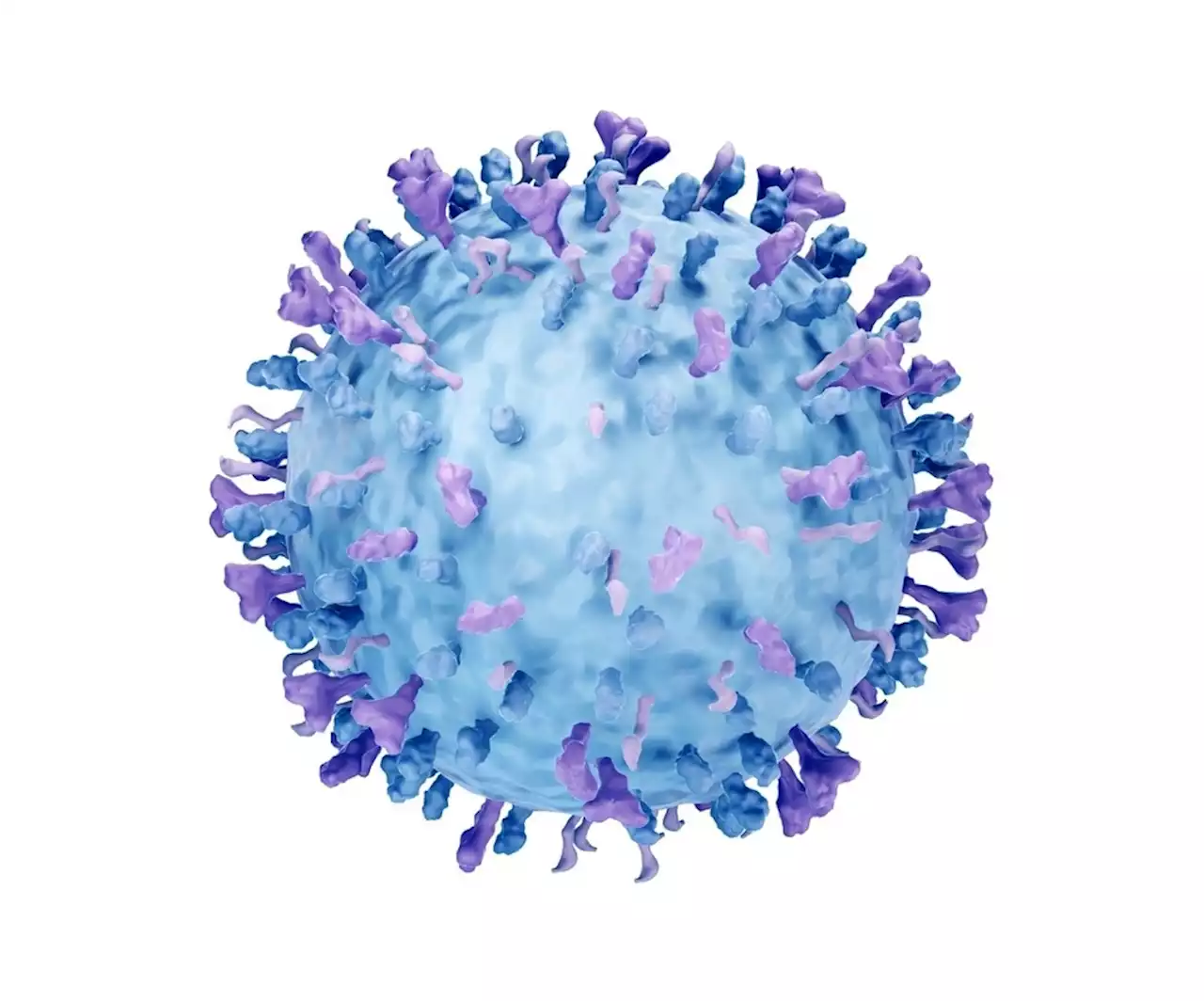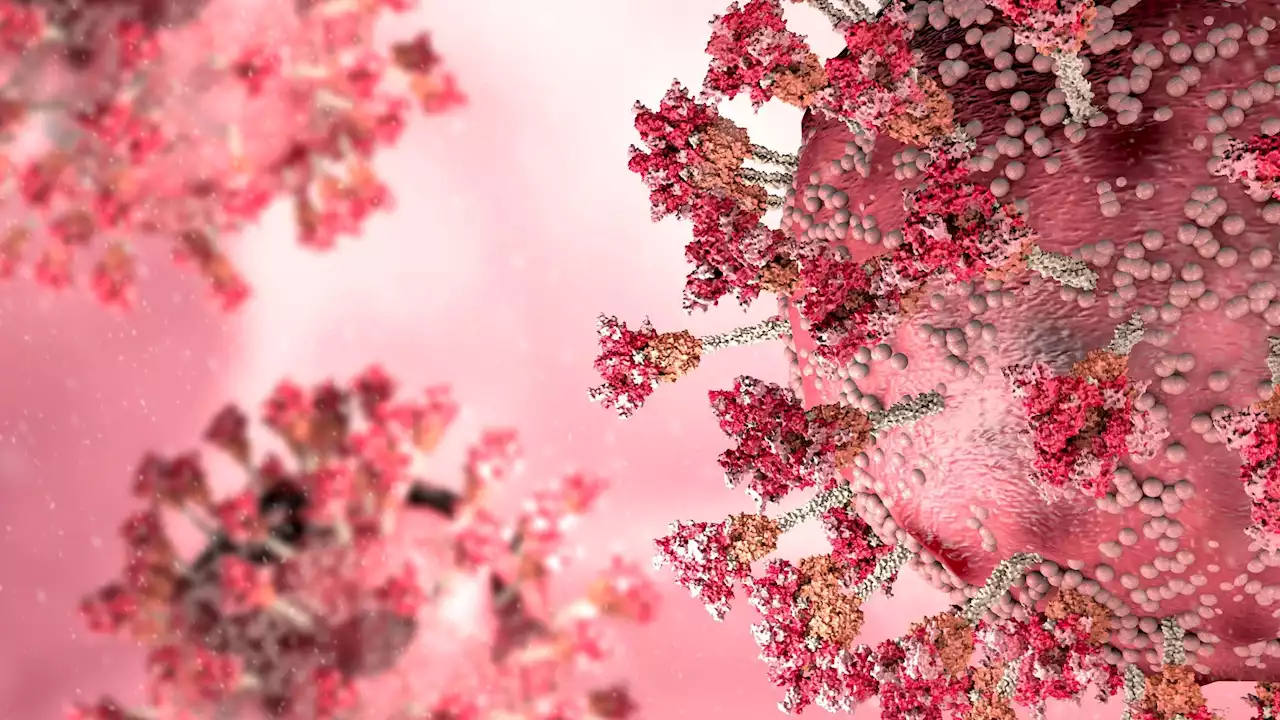New method for isolating Omicron subvariant and evaluating resistance to therapeutic and vaccine-elicited antibodies biorxivpreprint institutpasteur Omicron SARSCoV2 COVID19 Isolation Subvariant Antibodies
By Neha MathurNov 21 2022Reviewed by Aimee Molineux In a recent study posted to the bioRxiv* preprint server, researchers demonstrated a viral amplification procedure to isolate the severe acute respiratory syndrome coronavirus 2 Omicron subvariants.
The R346T spike mutation found in Omicron sublineages, BA.2-derived BA.2.75.2, BA.4.6, and BQ.1.1, has also been associated with escape from mAbs and vaccine-induced antibodies. The convergent evolution of the SARS-CoV-2 S glycoprotein suggests that the different circulating Omicron subvariants experienced similar selective pressure, likely exerted by preexisting or imprinted immunity. It makes the characterization of these new Omicron-derived viruses crucial.
Syncytia were also observed in BA.2.75.2, and BA.4.6. and BQ.1.1-infected S-Fuse cells. The three variants generated syncytia of similar size that were smaller than those formed by the ancestral D614G strain. It will be worth further examining whether other Omicron subvariants may display different fusogenic potentials in different cell types.
Finally, the researchers assessed the sensitivity of BA.2.75.2 and BA.4.6. and BQ.1.1 to mAbs currently authorized or withdrawn because of Omicron escape using the S-Fuse assay. ED50 were high for D614G but decreased by eight- and 15-fold for BA.1 and BA.5, respectively, after a month of boosting, confirming the antibody escape properties of these previous sublineages. For BA.4.6. and BQ.1.1, the ED50 was low but within the range as observed with the parental BA.5 strain. BA.2.75.2 neutralization titers were 11-fold lower than BA.1.
Conclusions The IGROV-1 cells recapitulated the permissibility of primary human nasal or alveolar cells to Omicron subvariants. They allowed rapid infectivity assessments using samples from infected individuals and one-passage amplification of Omicron subvariants. Future work will help understand viral entry pathways and replication in IGROV-1 cells and their underlying cellular mechanisms.
Danmark Seneste Nyt, Danmark Overskrifter
Similar News:Du kan også læse nyheder, der ligner denne, som vi har indsamlet fra andre nyhedskilder.
 Chitin-immobilized nanobodies for SARS-CoV-2 detectionChitin-immobilized nanobodies for SARS-CoV-2 detection medrxivpreprint HHU_de SARSCoV2 covid coronavirus COVID19 nanobodies
Chitin-immobilized nanobodies for SARS-CoV-2 detectionChitin-immobilized nanobodies for SARS-CoV-2 detection medrxivpreprint HHU_de SARSCoV2 covid coronavirus COVID19 nanobodies
Læs mere »
 What is the association between particulate matter exposure and SARS-CoV-2 infections?In a new study, researchers assessed the association between particulate matter ≤2.5mm (PM2.5) exposure and SARS-CoV-2 infection and severity outcomes such as hospitalizations and deaths.
What is the association between particulate matter exposure and SARS-CoV-2 infections?In a new study, researchers assessed the association between particulate matter ≤2.5mm (PM2.5) exposure and SARS-CoV-2 infection and severity outcomes such as hospitalizations and deaths.
Læs mere »
 Researchers identify a novel RSV variant associated with prolonged infectionResearchers identify a novel RSV variant associated with prolonged infection Respiratory Syncytial Virus RSV Infectious Disease Pathogen Respiratory JIDJournal epfl EmoryUniversity PittTweet VanderbiltU
Researchers identify a novel RSV variant associated with prolonged infectionResearchers identify a novel RSV variant associated with prolonged infection Respiratory Syncytial Virus RSV Infectious Disease Pathogen Respiratory JIDJournal epfl EmoryUniversity PittTweet VanderbiltU
Læs mere »
 CAR T-cell therapy in colorectal cancerCAR T-cell therapy in colorectal cancer FrontiersIn FrontImmunol CARTCell therapy immunology immunotherapy TCell Cancer ColorectalCancer
CAR T-cell therapy in colorectal cancerCAR T-cell therapy in colorectal cancer FrontiersIn FrontImmunol CARTCell therapy immunology immunotherapy TCell Cancer ColorectalCancer
Læs mere »
 Honey improves key measures of health, including blood sugar and cholesterol levelsHoney improves key measures of health, including blood sugar and cholesterol levels Cardiometabolic Honey Cardiology type2diabetes NutrReviews Toronto_3D_Unit
Honey improves key measures of health, including blood sugar and cholesterol levelsHoney improves key measures of health, including blood sugar and cholesterol levels Cardiometabolic Honey Cardiology type2diabetes NutrReviews Toronto_3D_Unit
Læs mere »
